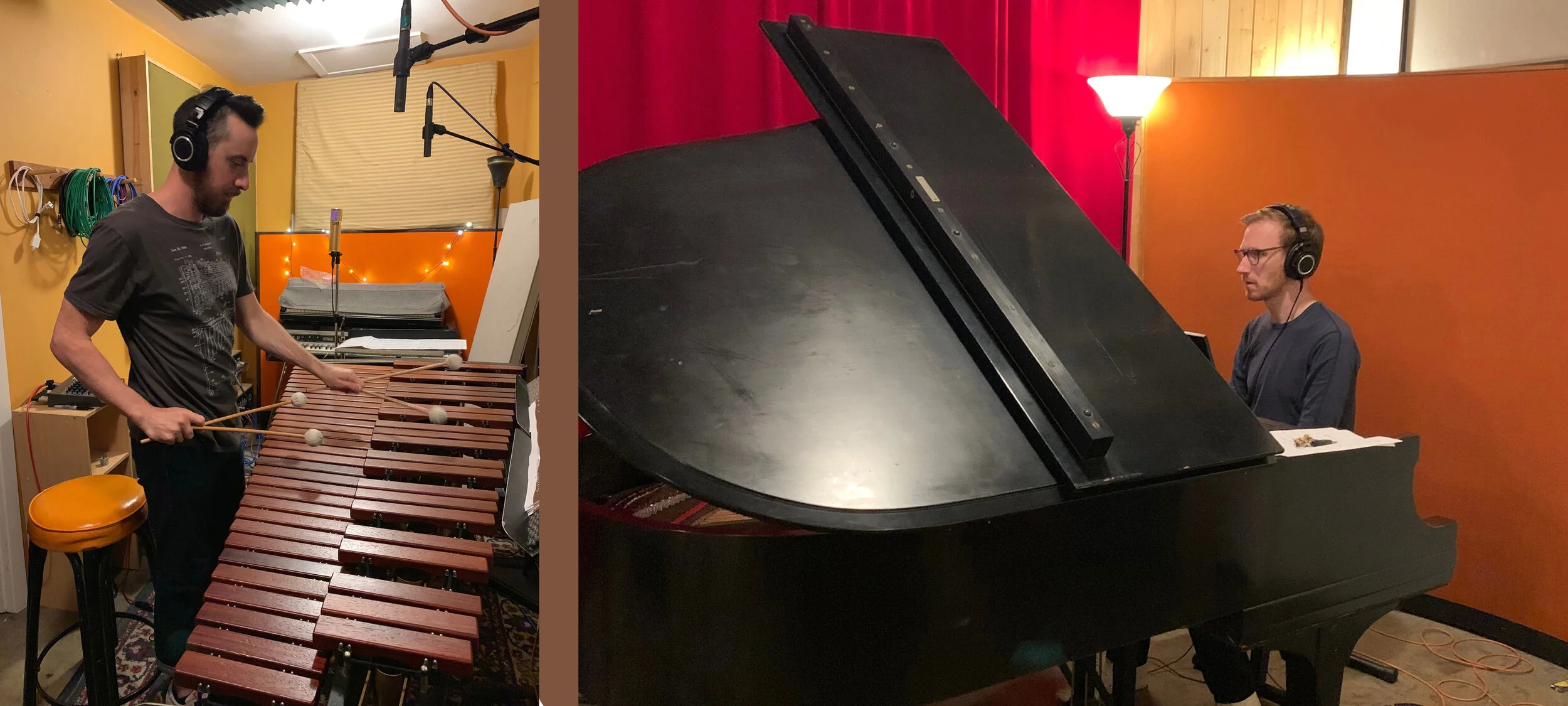Snap, Rattle and Plunk: Embracing Cereality
A grand piano and a marimba have always been the focal points of my living room. These two instruments are a great musical combination and for a long time I’ve planned to write a piece featuring their unique and supportive timbres.
When, I was a composition student, I spent a lot of time studying and writing serial music, based on the twelve-tone system first used by Arnold Schoenberg, and his disciples, Anton Webern and Alban Berg. These composers together formed the Second Viennese School. Schoenberg published his “law of the twelve tones” in 1919. In 1923, he developed his own better-known version of this technique, which ensures that all 12 notes of the chromatic scale are equally important and sounded as often as one another in a particular composition, thus preventing the emphasis on an one note or group of notes. This is done through the establishment of a “tone row” – an arrangement of all twelve tones in an order chosen by the composer. Once the row is determined, it can be used four ways: forward, backward (retrograde), inverted by intervals and inverted plus retrograde. The intervallic relationships of pitches in the row (and all its variations) can be transposed to any starting pitch.
Schoenberg’s idea in developing this technique was to replace structures of music previously dominated by tonal harmonies. Therefore, most twelve-tone music is essentially atonal and much of the music written in this system defies standard harmonies. This technique became widely used in the 1950’s by such composers as Milton Babbit, Luciano Berio, Pierre Boulez and others. Because twelve-tone involves a series of tones, the approach is known as serialism or seriality. There are many variations of seriality that don’t adhere as strictly to the principles of twelve-tone but still use a particular series of tones as the basis of a composition.
I’ve remained fascinated with serialism but wanted to compose a piece that was more conventionally harmonically pleasing within the structure of twelve-tone writing. I created a tone row that had more consecutive thirds, this allowing for a more mellow, tertian sound. In “Snap, Rattle and Plunk,” piano and marimba are the principle instruments. I also included a group of non-pitched percussion instruments: claves, wood block, tambourine, and maracas. I intended this piece to sound rhythmic, edgy and percussive – hence the title: “Snap, Rattle and Plunk.” I couldn’t resist the Rice Krispies reference that led to the sub-title pun: “Embracing Cereality.”
“Snap, Rattle and Plunk” is a 9-minute piece in a loose ABA form. The tone row is an important basis of the piece, although I do take some liberties. The row is played consecutively or clumped together in chords or clusters. There is a syncopated rhythmic component to the row as well. In the middle section of the piece, the non-pitched percussion instruments are featured using this rhythmic series.
I wrote this piece in 2019 and submitted it for evaluation to the M.T.A.C. Composers Today Program. I later had it recorded professionally at the New Improved Recording Studio in Emeryville with John Finkbeiner as sound engineer. Steve Blum plays piano and Tim DeCillis plays both marimba and other percussion. You can hear the recording on the Media page. So, enjoy!
